Wrought Iron vs Cast Iron: Understanding the Differences
Iron furniture has a timeless appeal that adds elegance and durability to any space. However, not all iron furniture is created equal. Two popular types of iron used in furniture are wrought iron and cast iron. While they may appear similar at first glance, they have distinct differences in terms of material composition, manufacturing processes, and their applications. In this article, we’ll delve into Wrought Iron vs Cast Iron these differences to help you make an informed decision for your patio furniture needs.
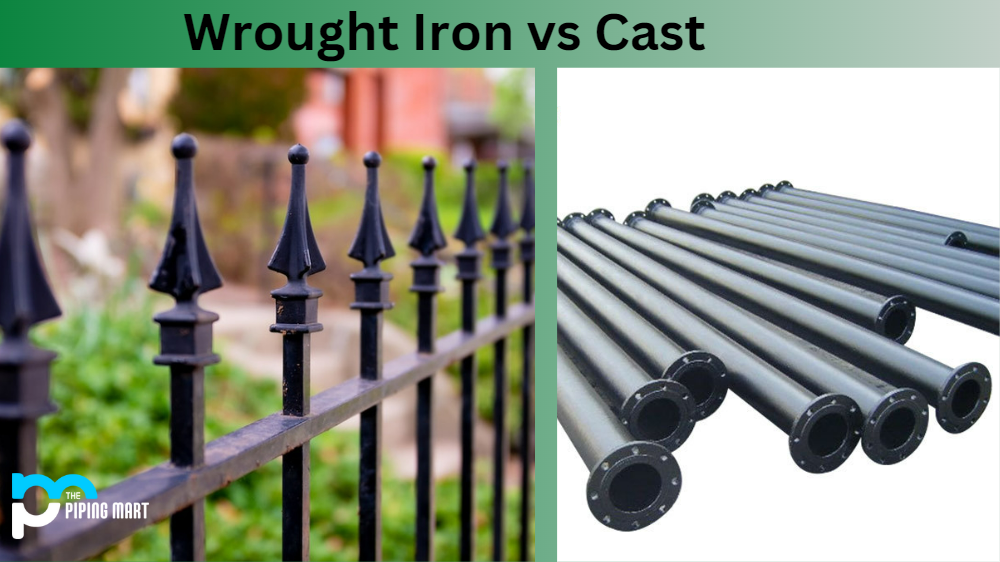
Material Composition
Understanding the basic composition of wrought iron and cast iron is crucial in distinguishing between the two.
Wrought Iron Properties
Wrought iron is a type of iron with a very low carbon content, typically less than 0.08%. This low carbon content is what gives wrought iron its signature properties: toughness, malleability, and ductility. Unlike other forms of iron, wrought iron is almost pure iron with a mix of slag inclusions. These inclusions are fibrous, resembling wood grain, which significantly enhances its resistance to fatigue and corrosion.
The term “wrought” means “worked” or “forged.” True to its name, wrought iron is worked by repeatedly heating and hammering. This process not only shapes the iron but also distributes the slag inclusions throughout the material, creating a grainy texture. This unique structure makes wrought iron particularly suitable for items that require flexibility and durability, such as outdoor furniture, gates, and railings. Check out what is wrought iron patio furniture for more insights.
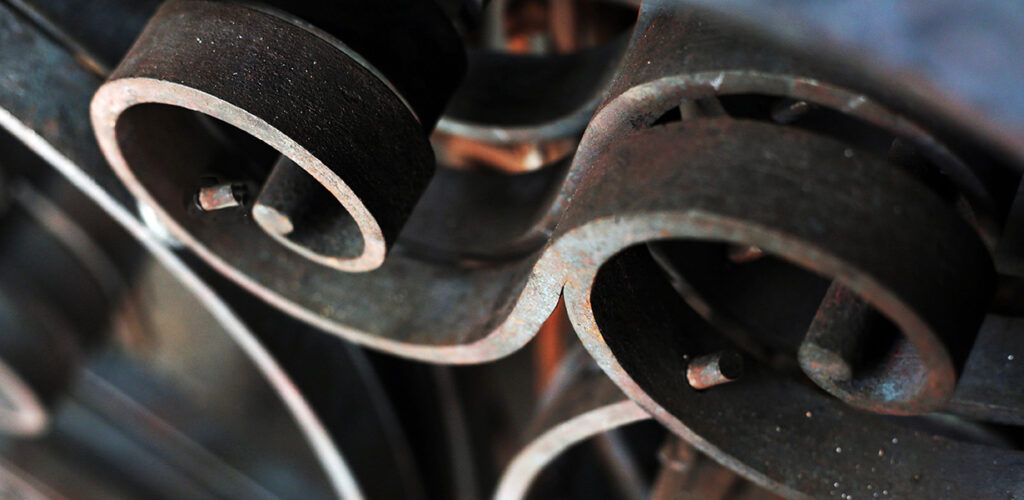
Physical and Chemical Properties
Wrought iron’s low carbon content and the presence of slag give it several unique physical and chemical properties. It has a melting point of about 1500 degrees Celsius, which is higher than cast iron due to its lower carbon content. The slag fibers within wrought iron also help in providing a barrier against rusting, making it highly resistant to corrosion. This material is known for its ability to withstand stress and strain without breaking, making it ideal for structures that require both strength and flexibility.
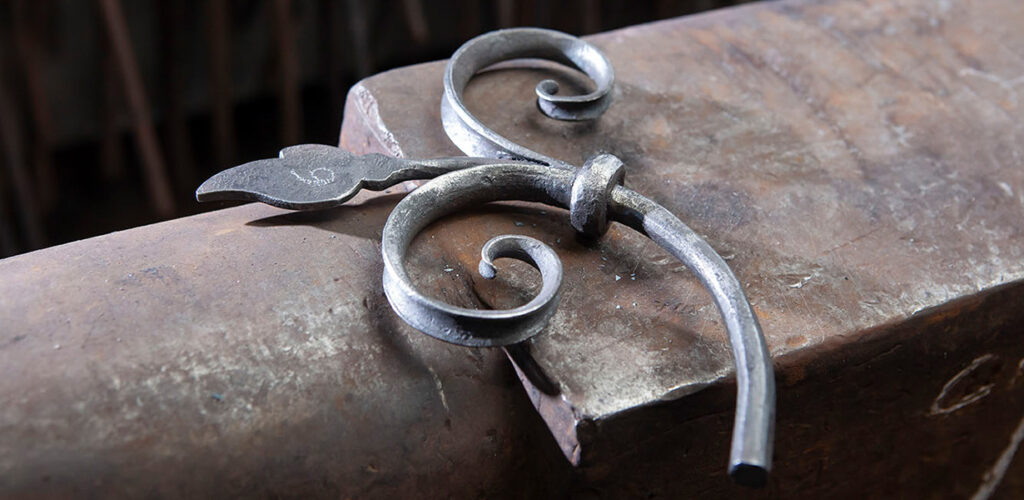
Cast Iron Properties
In contrast, cast iron is known for its high carbon content, ranging from 2% to 4%. This higher carbon content gives cast iron its characteristic hardness and brittleness. The material is composed of iron, carbon, and silicon, with the carbon existing in free form as flakes of graphite. These graphite flakes are responsible for cast iron’s brittle nature because they create stress points within the material that can lead to fractures.
There are several types of cast iron, including gray iron, white iron, ductile iron, and malleable iron. Each type has its own properties and uses. For instance, gray iron is commonly used for engine blocks and machinery, while ductile iron is used for pipes and fittings due to its improved flexibility and impact resistance.
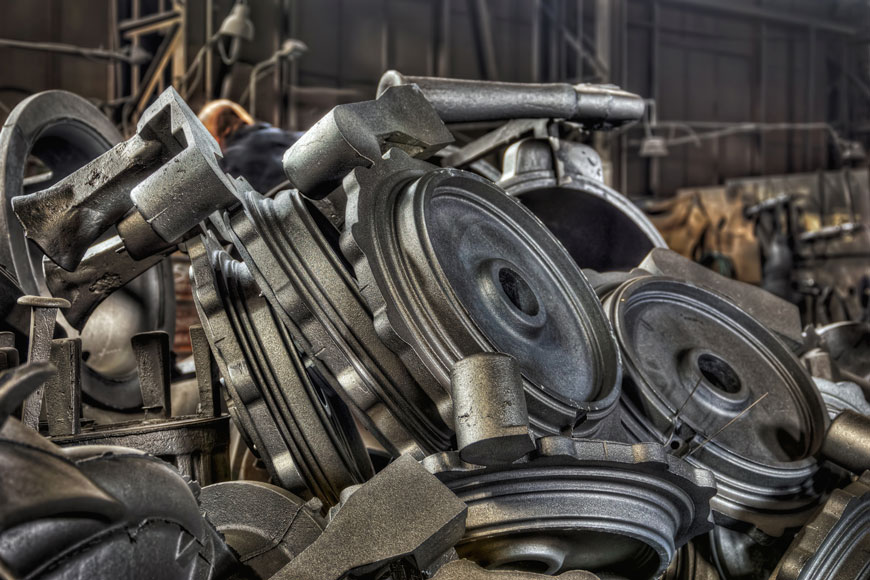
Physical and Chemical Properties
Cast iron’s higher carbon content affects its melting point, lowering it to about 1200 degrees Celsius. This makes cast iron easier to melt and cast into molds. The presence of graphite gives cast iron good machinability and wear resistance, making it ideal for applications where wear and tear are significant. However, the same graphite structure makes cast iron more susceptible to cracking under tensile stress, thus limiting its use in situations requiring high tensile strength.

Manufacturing Processes
The methods used to produce wrought iron and cast iron also set them apart, influencing their properties and potential uses.

Wrought Iron Production
Wrought iron is produced through a labor-intensive process called smelting, which involves heating iron ore in a furnace until it becomes spongy. This spongy mass, known as bloom, is then hammered and worked to remove impurities and distribute the slag inclusions throughout the iron. This process is repeated several times, with the iron being reheated and hammered until it achieves the desired consistency and shape.
Historically, wrought iron was made using bloomeries and later puddling furnaces. In modern times, wrought iron production has become rare, with most commercially available wrought iron being actually mild steel that mimics the appearance and properties of traditional wrought iron. True wrought iron is highly valued for its historical and decorative uses and is often recycled from old structures and repurposed.

Traditional vs. Modern Production Techniques
Traditional wrought iron production involved small-scale furnaces called bloomeries, where iron was directly reduced from ore using charcoal. This method was largely replaced by the puddling process in the 18th century, which allowed for the mass production of wrought iron. Today, true wrought iron is rarely produced on a commercial scale, with mild steel often being used as a substitute. Mild steel is produced in large quantities using blast furnaces and basic oxygen furnaces, providing a similar appearance and workability at a lower cost.
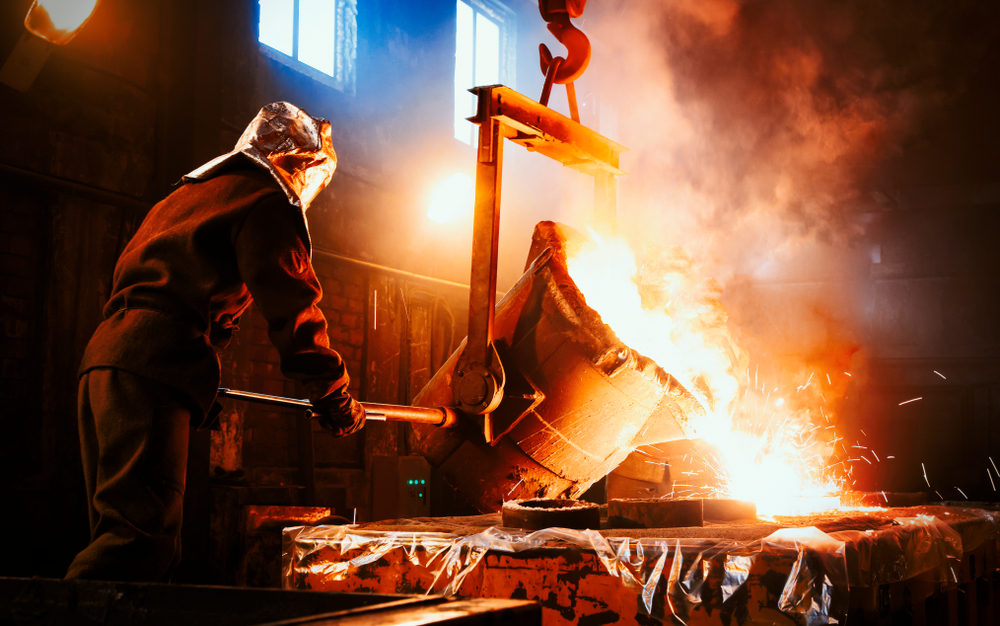
Cast Iron Production
The production of cast iron involves melting iron in a furnace, typically a blast furnace or an electric induction furnace. Once the iron reaches a molten state, it is poured into molds to solidify. This process, known as casting, allows for intricate shapes and designs to be created with relative ease. The molten iron is often alloyed with other elements, such as silicon and manganese, to enhance its properties.
After casting, the iron is allowed to cool and solidify. The rapid cooling process can introduce stresses into the material, making it more brittle compared to wrought iron. However, it also enables the creation of detailed and complex shapes that would be difficult or impossible to achieve with wrought iron. Cast iron’s ability to be molded into precise forms makes it a popular choice for decorative items, machinery parts, and cookware.
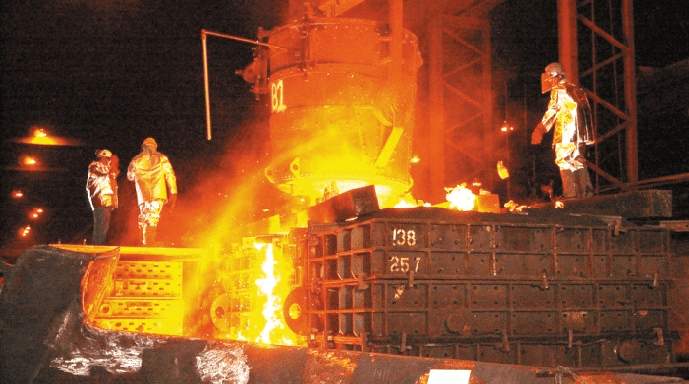
Types of Casting Methods
There are several casting methods used in the production of cast iron, each with its own advantages and applications. The most common methods include sand casting, investment casting, and die casting. Sand casting is the most widely used method, where a sand mold is formed around a pattern and molten iron is poured into the cavity.
Investment casting, also known as lost-wax casting, involves creating a wax pattern that is coated with a ceramic shell, which is then heated to remove the wax and create a mold. Die casting involves forcing molten iron into a metal mold under high pressure, resulting in high precision and smooth surface finishes.
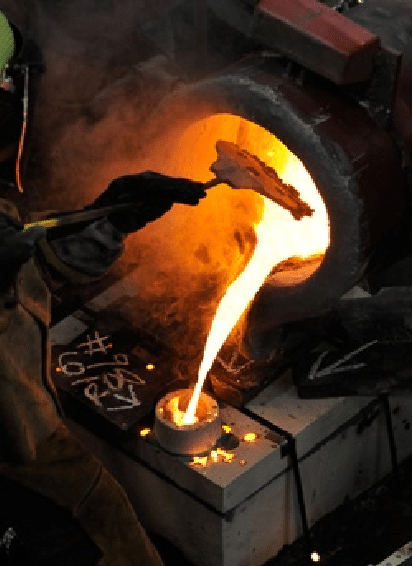
Applications in Furniture
Both wrought iron and cast iron have their own sets of advantages and disadvantages when used in furniture, particularly patio furniture.
Usage in Patio Furniture
Wrought iron is highly favored for patio furniture due to its resilience to the elements and its ability to be shaped into intricate designs. Its malleability allows for the creation of beautiful, artistic pieces that can withstand the test of time. Wrought iron furniture is often handcrafted, adding a touch of uniqueness to each piece.
Wrought iron patio furniture typically features a classic, timeless design that complements various outdoor settings. It is often coated with a protective layer of paint or powder coating to enhance its resistance to rust and corrosion. Despite its durability, wrought iron furniture can be relatively heavy, making it less portable but more stable in windy conditions.
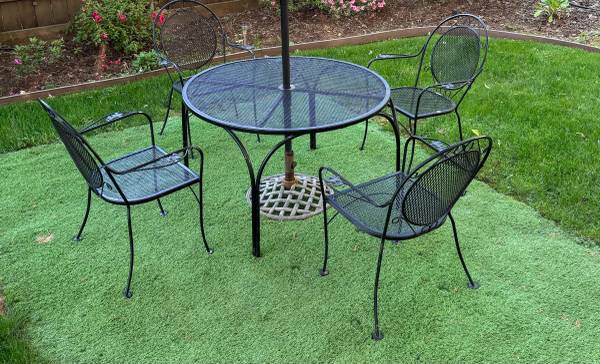
On the other hand, cast iron is often used for its ability to take on detailed shapes and patterns. Cast iron furniture tends to be heavier and can include elaborate designs that would be difficult to achieve with wrought iron. However, its susceptibility to rust and brittleness means it may require more maintenance and care, particularly in outdoor settings.
Cast iron patio furniture is known for its ornate, Victorian-style designs that add a touch of elegance to any outdoor space. While cast iron furniture is also coated with protective finishes to prevent rust, it is still more prone to corrosion compared to wrought iron. Regular maintenance, such as cleaning and reapplying protective coatings, is essential to keep cast iron furniture in good condition.
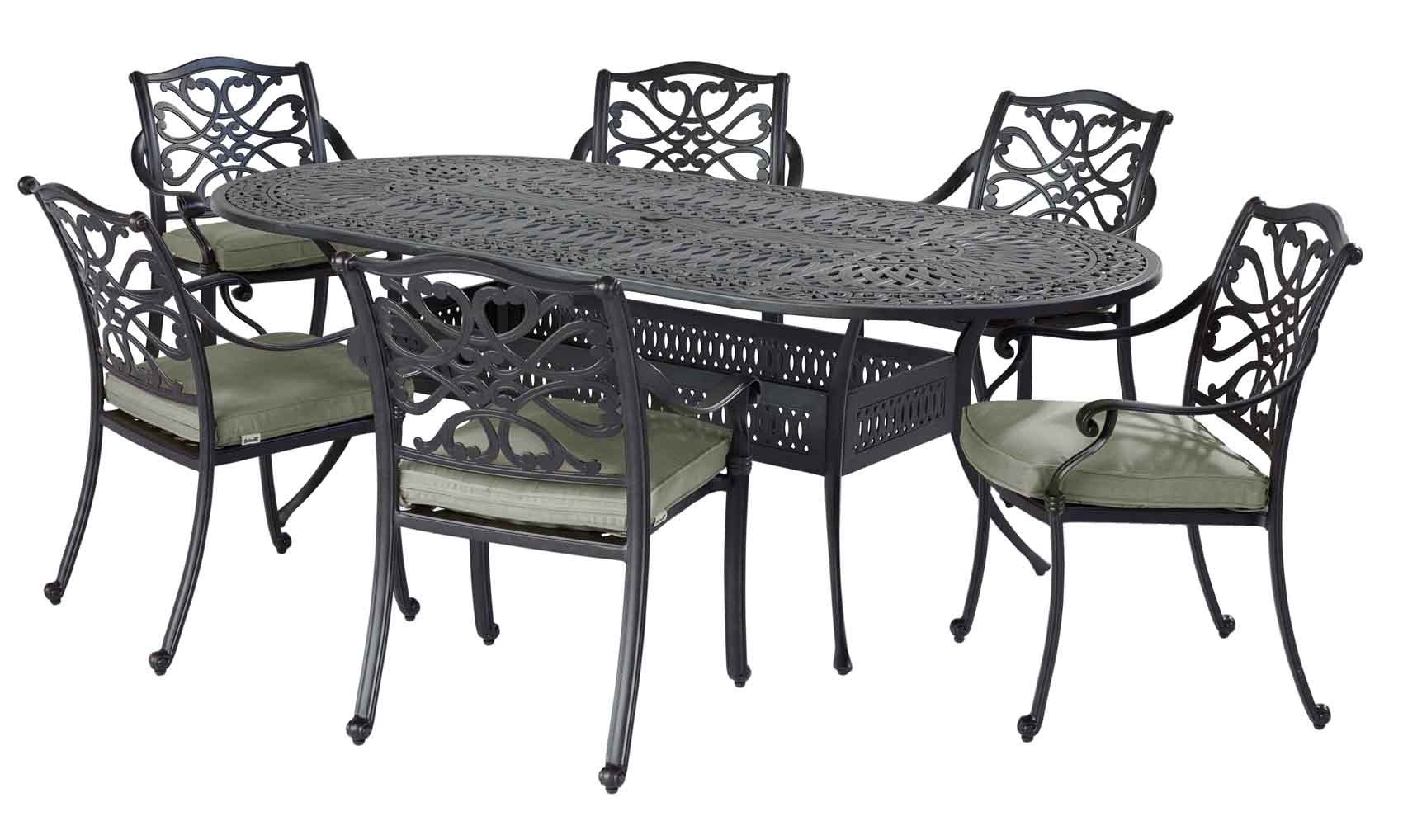
Advantages and Disadvantages
Wrought Iron:
- Advantages: Durability, resistance to corrosion, malleability, and unique handcrafted designs.
- Disadvantages: Higher cost due to labor-intensive production, heavier weight making it less portable.
Cast Iron:
- Advantages: Ability to form complex designs, high compressive strength, and generally more affordable.
- Disadvantages: Brittleness, higher susceptibility to rust, and heavier weight which can make movement challenging.
Maintenance Tips for Iron Furniture
To extend the life of your wrought iron or cast iron patio furniture, regular maintenance is key. Here are some tips to keep your iron furniture looking great and functioning well:
- Cleaning: Regularly clean your iron furniture with mild soap and water to remove dirt and debris. Avoid using abrasive cleaners that can damage the protective coatings.
- Rust Prevention: Apply a protective coating of paint or powder coat to prevent rust. Touch up any scratches or chips immediately to prevent rust from forming.
- Storage: Store your iron furniture indoors or use covers during inclement weather to protect it from the elements.
- Inspection: Periodically inspect your furniture for any signs of rust or damage and address them promptly to prevent further deterioration.
In conclusion, both wrought iron and cast iron offer unique benefits and drawbacks that make them suitable for different applications in patio furniture. Wrought iron is ideal for those seeking long-lasting, artisanal pieces with superior durability, while cast iron is perfect for intricate designs and affordability. Understanding these differences will help you choose the right type of iron furniture to enhance your outdoor living space.
Disclosure: Our blog contains affiliate links to products. We may receive a commission for purchases made through these links. However, this does not impact our reviews and comparisons. We try our best to keep things fair and balanced, in order to help you make the best choice for you.

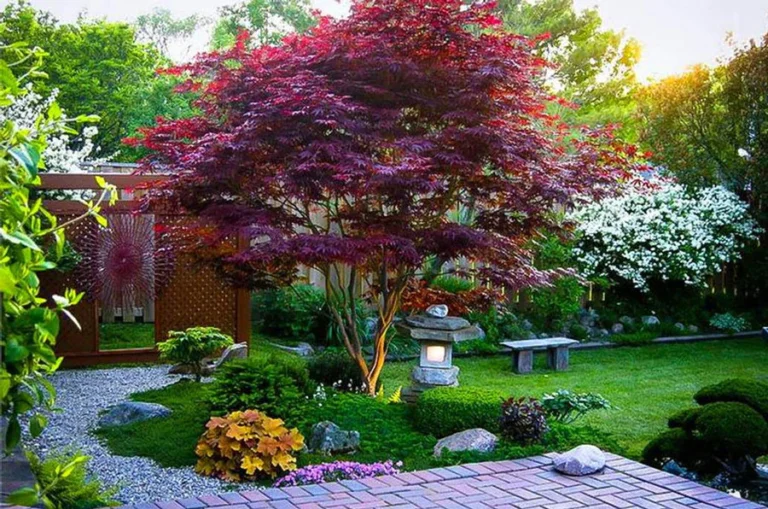
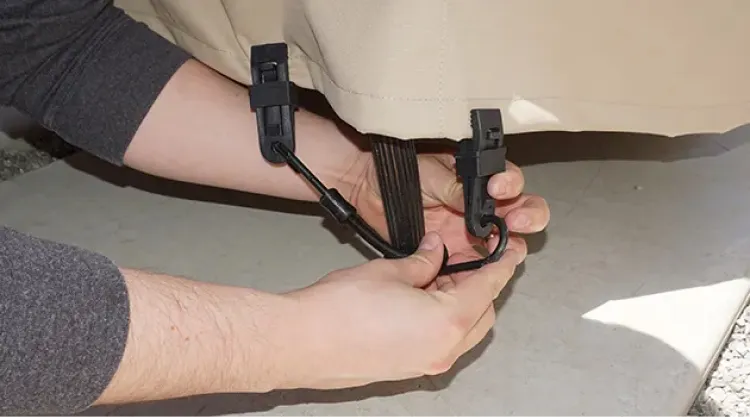


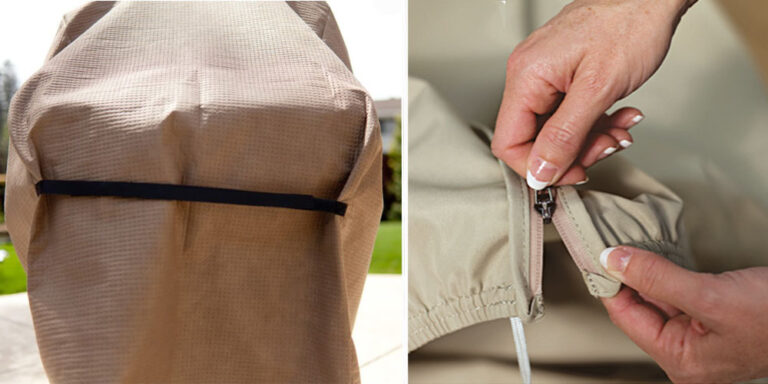

One Comment